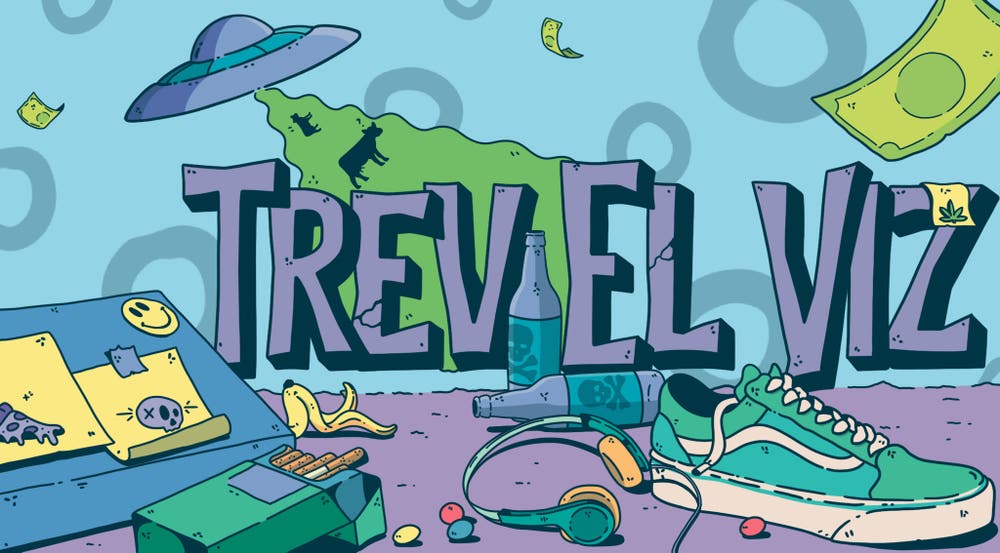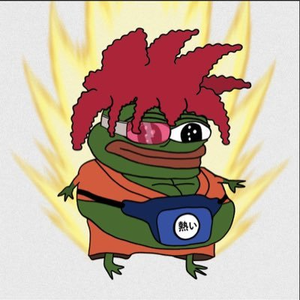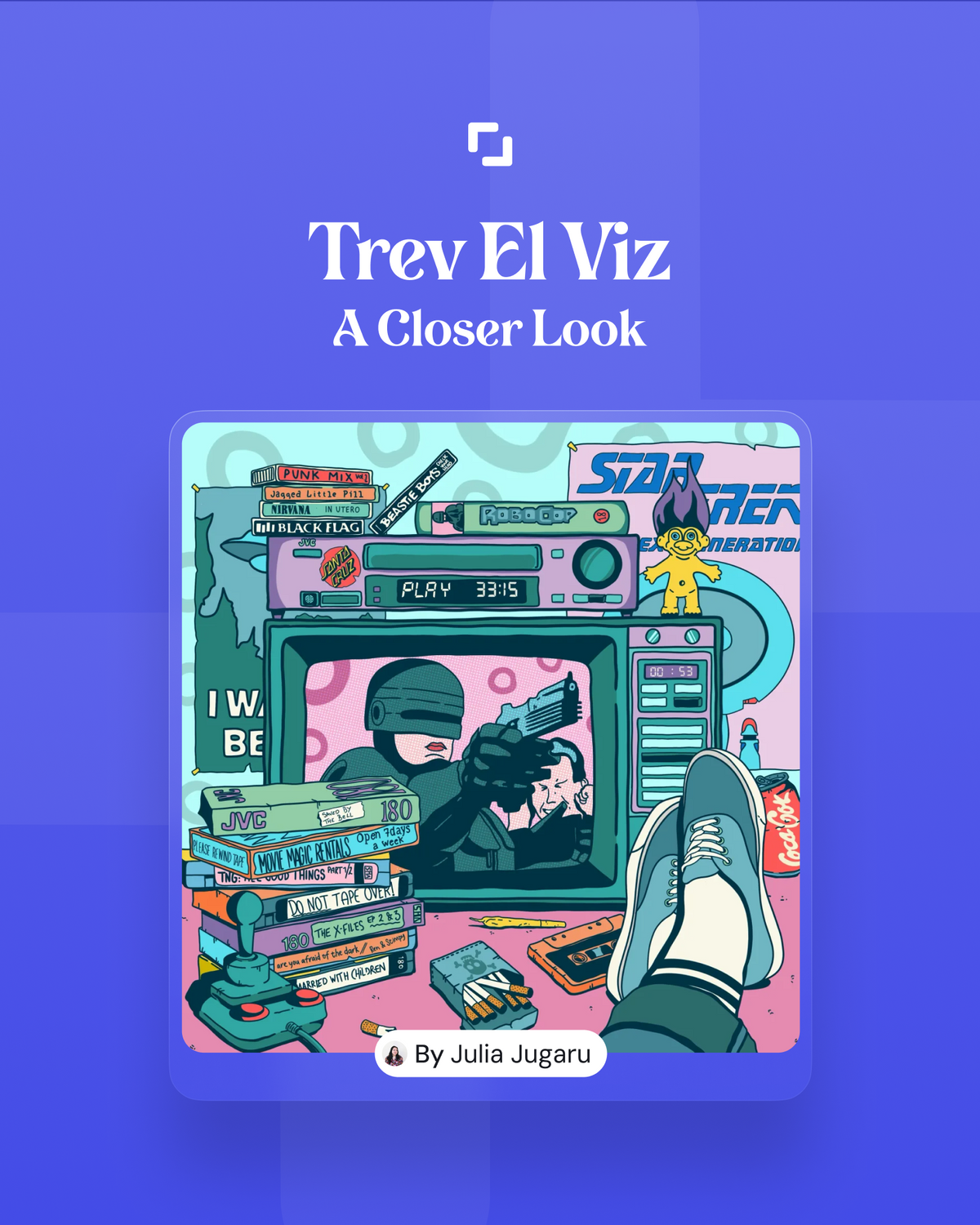In a world where traditional artistry often finds its roots in formal education and structured training, the artistic odyssey of Trev El. Viz stands as a testament to the transformative power of passion, resilience, and unbridled creativity.
Livin' in Oblivion by Trev El. Viz
the beginnings
Q: What initially drew you to your chosen medium or art form, and what keeps you engaged and inspired to continue creating?
My journey into my chosen art form was deeply influenced by my upbringing and the environment in which I was raised. Born into a challenging socioeconomic background in West Dublin, my early exposure to fine art was virtually nonexistent. My parents, struggling to make ends meet, didn't have the means to introduce me to traditional art forms. Instead, my artistic education was unconventional but formative. I found my early inspiration in the aisles of comic book stores, tattoo studios and record shops. Saturday morning cartoons became my art school, and I honed my skills by copying the characters and studying the artistry behind them. The vibrant and expressive world of graffiti on the streets taught me about perspective, composition, and color theory. As I grew as an artist, I transitioned into digital art, focusing on still images and animation. I gravitated towards graphic cartoon imagery, which has the power to catch viewers off guard and convey complex ideas. Animation, in particular, intrigued me due to its capacity to explore and communicate ideas that might be challenging in other mediums. One of my main sources of inspiration is pop culture. I believe it serves as a universal language that transcends borders and connects people worldwide. When harnessed effectively, pop culture references can resonate with individuals from diverse backgrounds and cultures. I'm driven to push the boundaries of animation and graphic representational art in the realm of 'fine art.' This belief in the universality of visual storytelling keeps me engaged and inspired, encouraging me to explore new creative frontiers.
the inspiration
Q: Can you describe your creative process? How do you generate ideas, and how do you bring them to life in your work?
The ideas for my artworks often mirror my current mood or mental state. I always carry a sketchbook with me and frequently sketch in coffee shops or other public spaces. Observing the world around me is a significant part of my idea generation process, and I'm particularly attuned to collecting intriguing words or phrases that find their way into all my pieces or even become titles. Before I begin sketching specific objects or scenes, I spend time writing about what I aim to convey or achieve with each piece. This pre-sketching process helps me solidify themes and directions for my work.
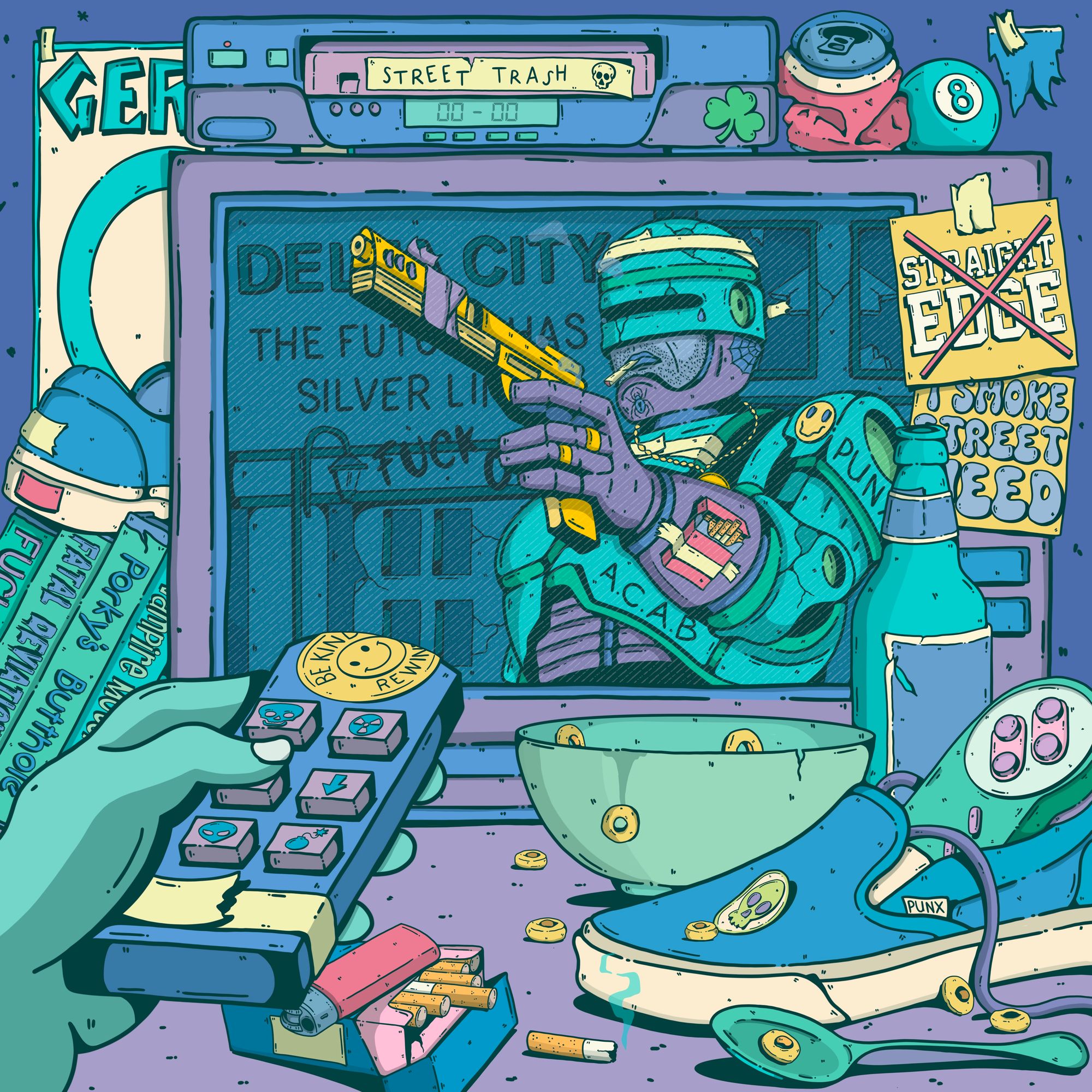
Q: Many artists have a particular theme or message that they explore through their art. What central themes or ideas do you find yourself consistently drawn to, and why?
I'm drawn to a wide range of themes, but I consistently find myself revisiting certain ones, like nostalgia for my youth, when life seemed simpler and more straightforward. My collection, 'Analog Nights,' serves as a love letter to and a yearning for my teenage years. In that collection, I chose to create stilllifes without featuring people or specific places. My intention was for the pop culture objects themselves to communicate the narrative. A recurring theme in almost every piece I create is the exploration of drug use and self-medication, to varying degrees. This theme emerges both subconsciously and consciously in my work. It reflects my lifelong struggle with mental health issues, serving as a means of processing and expressing those experiences through art.
finding middle ground
Q: How do you navigate the balance between staying true to your artistic vision and meeting the expectations or demands of the audience or art market?
I prioritize staying true to my artistic vision above all else. My creative compass has always pointed inward, and my primary focus is creating art for myself, reflecting what I want to see and consume. While I've noticed that certain styles or themes might gain popularity with collectors in the past, I've learned that trying to chase trends or meet market demands can lead to producing work that doesn't align with my true vision. As a result, I've made a conscious choice to resist such temptations. I remain authentic and transparent with my audience about my artistic vision and direction. I openly communicate my creative process and intentions, I'm fortunate to have a community of collectors who are genuinely excited to support my growth as an artist. They value the authenticity of my work more than treating their purchase as a mere investment. The fact that my art rarely appears on secondary markets despite receiving offers is a testament to the genuine support and understanding of my collectors. This understanding is liberating, as it allows me to continue exploring and evolving in my art without the pressure of conforming to external expectations. In essence, my audience understands my vision because I consistently communicate it and openly involve them in my creative journey. This synergy between my vision and their support fosters an environment where I can stay true to my artistic identity while still appreciating the connection with those who appreciate and engage with my work.
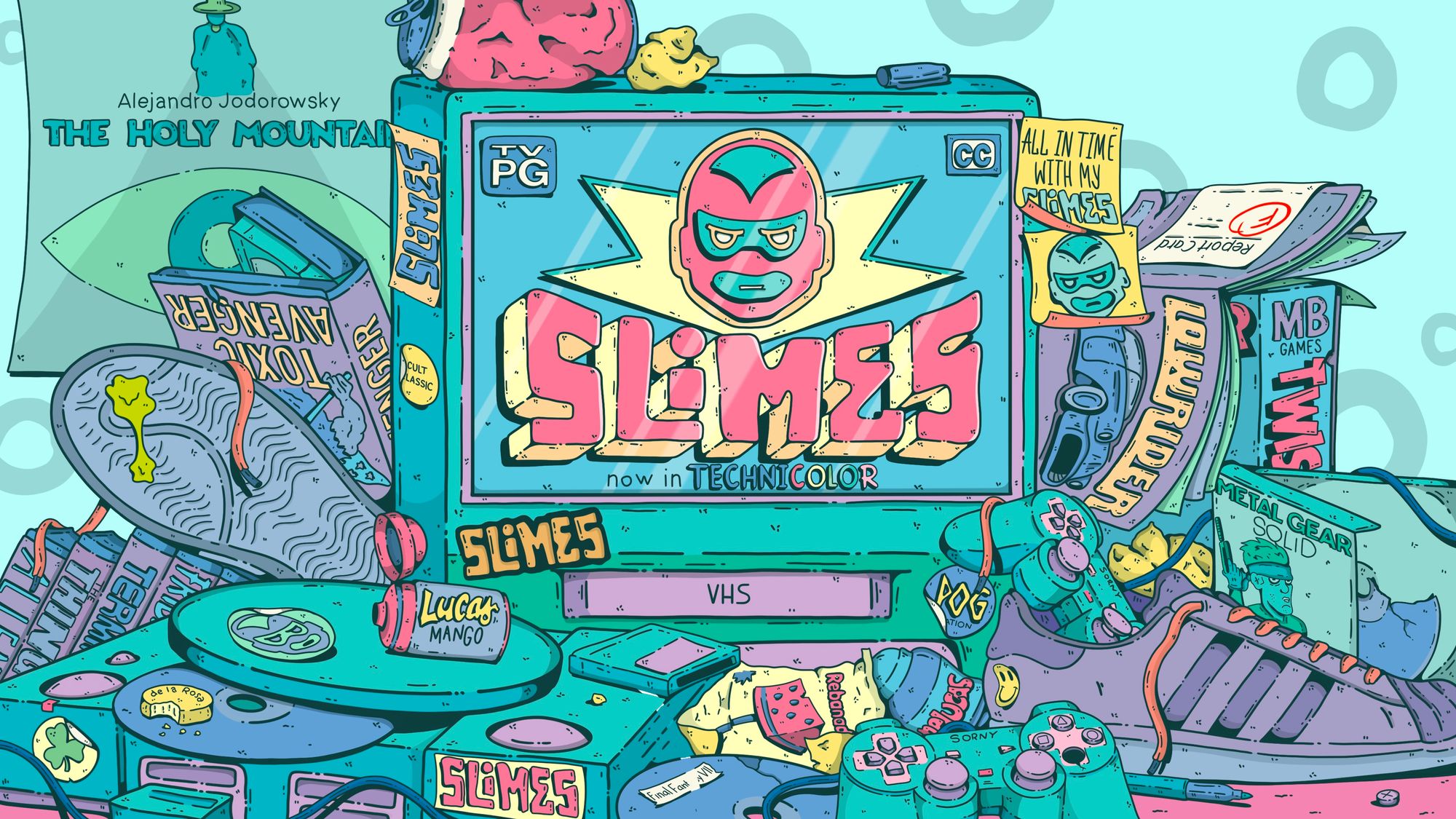
Q: Artistic expression can be deeply personal and introspective. How do you handle vulnerability and emotional exposure in your work, and how does it affect you as an artist?
For a significant period of my artistic journey, I shied away from exposing myself or being emotionally vulnerable in my art due to fear and apprehension. To navigate this, I incorporate humor as a tool in my art to convey vulnerabilities. Sarcasm often serves as a protective shield, allowing me to explore sensitive subjects with a layer of detachment. In my latest animation piece, 'Livin' in Oblivion,' I pushed the boundaries of introspection. I confronted many of my self-destructive habits and inner struggles. I've discovered that allowing vulnerability to shine through in my work can be quite liberating. When I expose my authentic self and emotions, people tend to connect with the honesty and vulnerability within the art. As an artist, I've come to realize that if I'm not willing to potentially expose myself to embarrassment or criticism, I'm remaining in a comfort zone that limits my growth and connection with the audience. In essence, embracing vulnerability in my art has allowed me to connect more deeply with viewers and break free from creative constraints. It has become a powerful tool for self-expression and growth, pushing me to explore new horizons within my practice.

Q: Are there any artists or art movements that have had a significant influence on your style or approach? How have they inspired and shaped your artistic journey?
Street art and graffiti have been a massive influence on my work. My color palette, for instance, directly stems from my experiences spray painting on the streets. While many graffiti artists often used blacks, chromes, and dark colors, I chose to stand out by incorporating vibrant hues like hot pinks, purples, and turquoises. This bold use of color helped me catch the attention of passersby and turn heads. Additionally, I first discovered the power of incorporating pop culture references into my art during my street art days. Street art demands grabbing someone's attention in a split second, and by using familiar pop culture references, I found that people were more inclined to stop and engage with the artwork. This allowed me to then introduce the deeper themes I was exploring in my work. Even in my current work, I continue to employ this 'trick' of using pop culture references to draw viewers in. While not a formal art movement, traditional animation and comic books have significantly informed my style. Artists like Matt Groening, Peter Bagge, and Daniel Clowes have influenced the way I approach storytelling and character design. Robert Williams has been a substantial influence on my work, teaching me to prioritize energy and expression over stylistic constraints. KAWS is another major influence, particularly his ability to bridge the worlds of fine art and commercial products seamlessly. Edward Hopper's mastery of capturing atmosphere has left a lasting impact on my "still life" pieces. Jean-Michel Basquiat and Keith Haring are artists I consistently return to for inspiration, drawing from their unique perspectives and approaches to art. These artists and art forms have significantly shaped my artistic journey, impacting everything from my use of color and pop culture references to my storytelling techniques and the overall energy in my work.
Q: In the creative process, artists often encounter challenges or roadblocks. Can you share a specific instance where you faced a significant obstacle, and how did you overcome it?
On a technical level, during the time when I primarily worked with spray paint on canvas, I received a commission from Jameson Irish Whiskey. They requested an original piece of artwork for their head office. I delivered the painting & they were really happy with the results. Jameson reached out to me a few weeks later, in a bit of a predicament. Their need for a design for promotional beer mats had hit a snag as their original designer had dropped out at the last minute leaving them high and dry. The catch? They required a replacement design within 48 hours. Facing this challenge head-on, despite my limited digital experience, I accepted the task. I dove into a whirlwind of learning, leveraging open-source software like GIMP to grasp the essentials. In a race against time, I resorted to an unconventional yet effective approach. I hand-drew intricate designs with sharpie markers on acetate paper and meticulously scanned them into the computer. Through this unconventional process, I managed to create a print-ready design that Jameson used for their promotional beer mats. This experience marked a significant milestone in my self belief. It was a testament to my determination and adaptability. I had tackled the roadblock of my limited digital skills head-on, and in doing so, I not only met the client's immediate needs but also underwent a transformative learning experience. It was a pivotal moment that not only expanded my technical toolkit but also made me a far more resourceful and versatile creative professional.

Q: Collaboration can be a powerful force in art. Have you ever collaborated with other artists or professionals from different disciplines? If so, what was the experience like, and how did it impact your work?
I've had the privilege of working with a diverse range of creatives from various fields over the years. These collaborations have spanned a wide spectrum, from partnering with a Grammy-nominated band to design their merchandise collection to collaborating with tattoo artists and even co-creating and curating entire murals and art collections alongside fellow artists. When collaborations are done righty they become invaluable learning experiences. They provide a unique opportunity to immerse in the creative process of another artist or professional, gaining insights into their methods and techniques. Additionally, collaborations act as a reflective mirror, offering a fresh perspective on my own creative process. Many of the significant leaps I've taken, both in terms of technical skill and creative thinking, can be attributed to collaborations. Through working closely with other creatives, I've had the privilege of learning better methods and practices, which have significantly enriched my artistic journey.
Q: Could you describe how your involvement with Exchange Art, has impacted your life as an artist?
Exchange Art has had a profound impact, transforming how my work is perceived and allowing it to be recognized as fine art. Early in my career, I encountered challenges in the traditional art world. My paintings were often deemed too representational, literal, or illustrative for many galleries. I applied to various art schools, and was rejected 4 times, being told that I was more of an illustrator than a "real artist." I've long held the belief that the distinction between illustration and fine art is artificial and limiting. Exchange Art and the advent of web3 changed this for me. It provided a platform where my art could stand on equal footing with photography, abstract expressionism, and other forms of art, allowing it to be considered and presented as fine art. This was a transformative experience that I hadn't encountered in the more than ten years I'd been creating art. Beyond the shift in perception, Exchange Art's marketplace introduced me to endless creative possibilities in how art can be released and consumed. It expanded my horizons as an artist, not only in terms of recognition but also in the innovative ways in which art can be shared and appreciated in the digital era.

Q: Looking ahead, what are your aspirations and goals as an artist? How do you envision your artistic practice evolving in the future?
My aspirations and goals as an artist are to delve deeper into the realm of animation as a medium. I find the concept of 'fine art animations' to be particularly fascinating, and I'm eager to explore all the creative possibilities this new medium has to offer. I envision a future where episodic animations become an integral part of my art collections. This opens up intriguing opportunities, such as owning an entire animation episode as a unique and collectible piece of art. The idea of combining art with the episodic format offers a cool novel way for audiences to engage with and own a piece of something larger.. In essence, A deep exploration of animation and the innovative ways in which it can be incorporated into my artistic practice, creating new and immersive experiences for viewers and collectors alike.
Find more artworks from Trev El Viz here :
